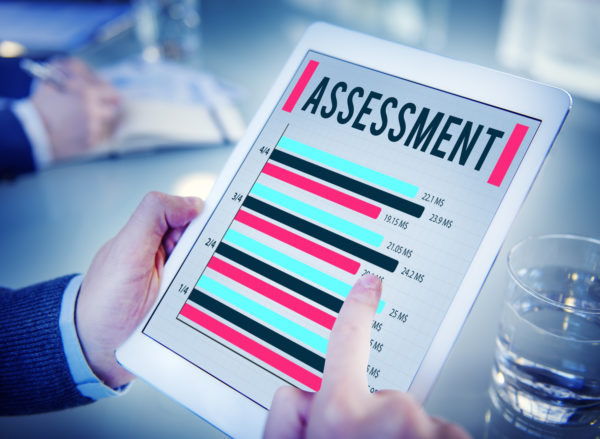Part of preparing students for the real world is teaching them to collaborate and problem-solve while working with others in small groups.
My classroom model includes a lot of group work where students complete tasks with a partner or in groups of four to six. It can sometimes be challenging for educators to gauge student understanding through formative assessments while in this small-group setting.
After 17 years in the classroom, I’ve found a few tricks of the trade that allow me to assess student understanding in the moment and adjust my lessons on the fly. Here are my tech essentials for formatively assessing students while in small groups:
1) Lightspeed Activate System: This classroom audio system provides a clear picture of what students know and understand. Designed to monitor students during small-group discussions, the two-way pods are the size of a glasses case and double as hand-held microphones, making it easy for students to pick them up and take them wherever they may be working. By “dropping in” on students’ learning conversations, I am able to listen to them collaborate and share their ideas in an authentic and natural setting.
When students do not actively answer or participate in a whole-group setting, it can seem as if they don’t have a strong conceptual understanding of what they are learning. By capturing students’ learning in a small-group setting and without the teacher at their side, I am able to hear my students think aloud and readily verbalize what they know.
2) Kahoot!: Using this game-based online learning platform, students can work individually or with a small group on any device to respond to questions related to our class content.
Kahoot! is an excellent way to increase student engagement and promote excitement for learning, because students are highly motivated by the game-based component. They receive instant feedback after each question, and as the teacher, I am able to see the number of students who answer each problem correctly. This allows me to address misconceptions right away, and gives me valuable feedback about students’ understanding of concepts.
It also promotes student learning conversations and reflection after each question. I can then download students’ results at the end of each game and then use the results as feedback for future planning as well as alternative assessment.
3) Mini dry-erase boards: These may not be high-tech, but my students use mini dry-erase boards on a daily basis to practice, share ideas, and show what they know. The boards are a quick way to gather formative assessment data and get a large-group snapshot of individual and whole-class understanding.
By taking a quick visual assessment of students’ work and responses, I am able to adapt instruction in the moment to best serve students’ needs, understanding, and misconceptions. I am able to easily and subtly check on students all over the room from any vantage point.
Mini dry-erase boards, the Activate system, and Kahoot! games are all valuable forms of feedback that provide me a clear picture of my students’ in-the-moment understanding, helping to guide my instruction.
- How digital tools and AI can enhance social studies - April 23, 2024
- Using universal screening to improve student well-being - April 22, 2024
- 3 ways to avoid summer learning loss - April 19, 2024


